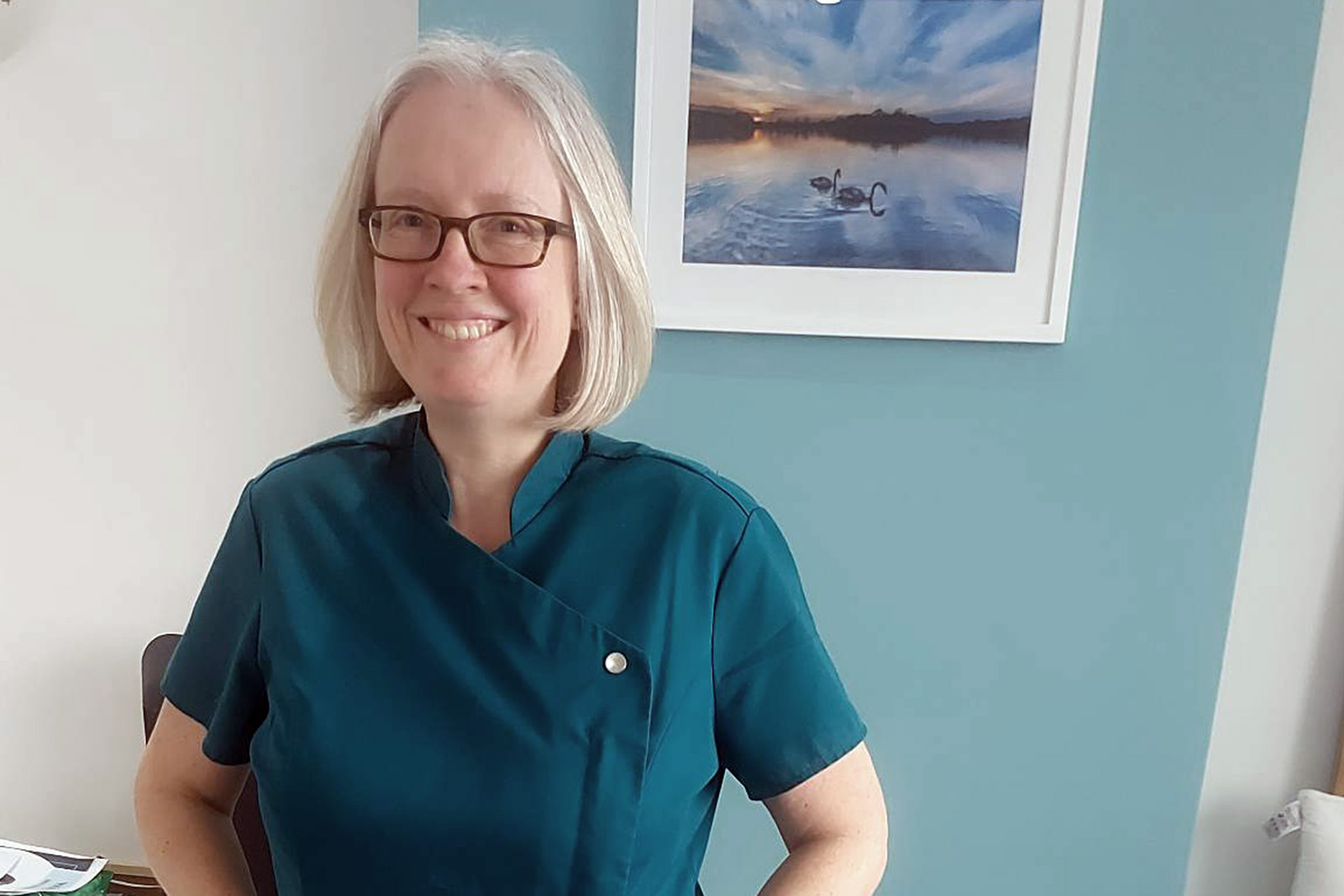The Impossible Question

(aka “What’s the difference between an osteopath, a physiotherapist and a chiropractor?”)
Your leg is hurting, you can’t go to running club any more, in fact you can’t get across the kitchen without hobbling. Help! You need to see someone, but who? Osteopath, chiropractor, physiotherapist? What’s the difference between them?
This is the most frequent question I’m asked about my work and it’s impossible to summarise in just a few sentences. So, for the sake of you getting quickly on with your day I’m not going to attempt it! I think it’s enough to say that it’s more about the experience, skills and interests of the individual person you go to see, combined with your preferences about the type of treatment that would suit you.
What I can do much more easily is tell you how osteopathy with me can help you. I’m going to write in more detail about some parts of osteopathy in future blogs, but for today I’d like to give you just enough information to help you decide whether an appointment with me is what you need.
Osteopathic treatment means working with the whole body, not just the painful bit. If you come in with a painful leg I will of course look at your leg but also at how your feet, knees, hips and back are working, to make sure there’s nothing else happening that’s contributing to the problem. And it’s important to know that osteopaths can help with problems in muscles and joints all over the body, we’re not only for bad backs!
At your first appointment I’ll ask you to tell me about your problem, how long you’ve had it, what it feels like and how it’s affecting you every day. We’ll talk about work, home, hobbies, activities etc to find out whether there is anything you do regularly that we might be able to use to help reduce your pain and make it easier for you while you recover.
It’s important to know about any old injuries or similar problems you’ve had in the past, and any health problems or medication, so we can work out the best way to manage the problem you have today and know what’s more likely to help based on your previous experiences.
As for treatment, well this can include many different things, all individual to you and your particular need. Hands-on treatment is usually part of the plan, including gentle movement, stretching and massage. The plan will almost always include other things, like giving you specific movement to focus on at home/work, a few manageable exercises, maybe sports taping, or thinking together about how you can adapt the way you currently do a particular activity.
We’ll usually talk about how things you do every day might be influencing your problem, e.g. sleeping habits, stress and relaxation, what you eat (or don’t eat), your commute to work or looking after you grandchildren. Between us we can think of ways to help you make small changes with the goal of helping you recover as quickly and fully as is possible for you.
So, osteopathy is not about clicking joints and treating back pain, it’s about getting to know you and understanding the reasons why you have the problem in the first place, and then making a plan with you to help you recover and get on with life as well as possible.
I hope this has helped you feel more confident to try osteopathy and I am always happy to talk via email or on the phone if you have specific questions you’d like to ask before you book your appointment.
If you have a question you’d like me to answer in a future blog I’d love to hear from you!
Claire Terry x
To get in touch with me with a blog idea or to ask a question or arrange a phone call please email info@claireterryosteopath.co.uk
Or, if you would like to make an appointment you can book online via
Tonbridge Osteopathic Clinic – Online Booking
or phone 01732 369928 / 07909984517
www.tonbridgeosteopathicclinic.co.uk
Find me on Facebook and Instagram
